
Tagetes tenuifolia, the signet marigold, golden marigold or lemon marigold, is a species of the wild marigold in the family Asteraceae. It is widespread across most of Mexico as well as Central America, Colombia, and Peru.

Bletia reflexa is a species of orchid native to Guatemala, Honduras, Chiapas, Oaxaca and Panama.

Telanthophora is a genus of Mesoamerican plants in the groundsel tribe within the daisy family.
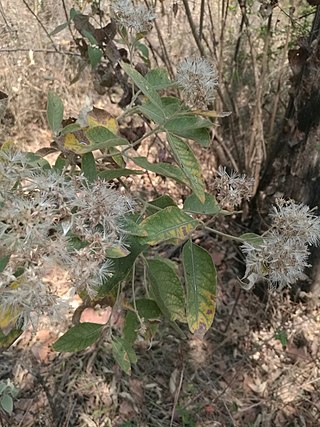
Eremosis is a genus of flowering plants in the family Asteraceae.
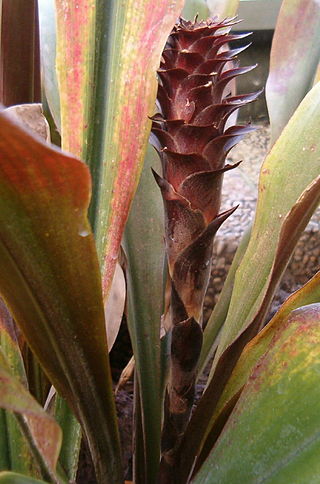
Pitcairnia atrorubens is a species of flowering plant in Bromeliaceae family. It is native to Costa Rica, Panama, Honduras, Guatemala, Colombia, and western Mexico as far north as Nayarit.

Bidens triplinervia is a Latin American species of flowering plants in the sunflower family. It is native to Mesoamerica and South America, from Chihuahua State in northern Mexico to Jujuy Province in northern Argentina.
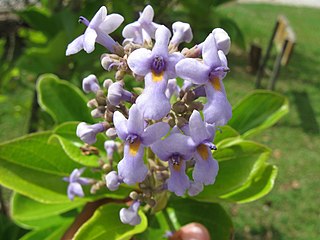
Cornutia is a genus of plants in the family Lamiaceae, first described in 1753. Species in this genus are native to tropical parts of the Western Hemisphere, including southern Mexico, Central America, the West Indies, and northern South America.
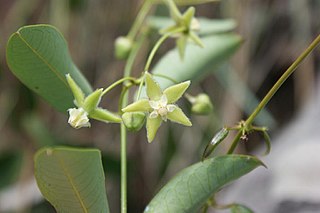
Blepharodon is a genus of plant in the family Apocynaceae, first described as a genus in 1844. They are native primarily to South America, with one species extending into Central America and Mexico.
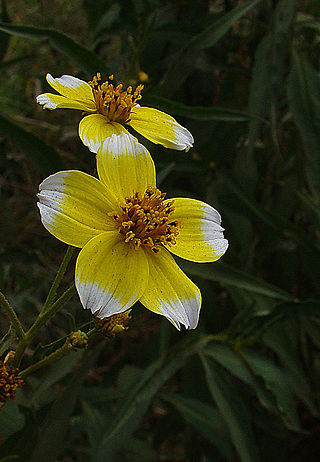
Bidens aurea , the Arizona beggarticks, is a North American species of flowering plant in the family Asteraceae. It is widespread across much of Mexico and found also in Arizona and Guatemala. The species is also naturalized in parts of Europe and South America.
Brickellia oliganthes is a Mesoamerican species of flowering plants in the family Asteraceae. It is widespread from northern Mexico south as far as Honduras.

Brickellia cavanillesii is a Mexican species of flowering plants in the family Asteraceae. It is widespread across much of Mexico from Chiapas north as far as Durango.
Brickellia kellermanii is a Mesoamerican species of flowering plants in the family Asteraceae. It is native to Central America and southern Mexico (Chiapas).
Brickellia glandulosa is a Mesoamerican species of flowering plants in the family Asteraceae. It is widespread from San Luis Potosí south to Nicaragua.
Brickellia paniculata is a Mesoamerican species of flowering plant in the family Asteraceae. It is widespread from Tamaulipas west to Sinaloa and south as far as Costa Rica.
Brickellia diffusa is a Latin American species of flowering plants in the family Asteraceae. It is widespread across much of South America, Central America, Mexico, Galápagos, and the West Indies. Its distribution stretches from Sonora and Tamaulipas in northern Mexico to Jujuy in northern Argentina.
Brickellia argyrolepis is a Mesoamerican species of flowering plants in the family Asteraceae. It is native to Central America and to southern Mexico.
Carminatia tenuiflora (plumeweed) is a species of annual plants in the family Asteraceae. It is native primarily to Mexico, but also the southwestern United States and Central America.
Tagetes microglossa is a Mesoamerican species of marigold in the family Asteraceae. It grows in Central America, Colombia, and Ecuador, as well as in central and southern Mexico, from Jalisco to Chiapas.
Rubus eriocarpus is a Mesoamerican species of brambles in the rose family. It grows in Central America and in central and southern Mexico, from Panamá to Puebla.
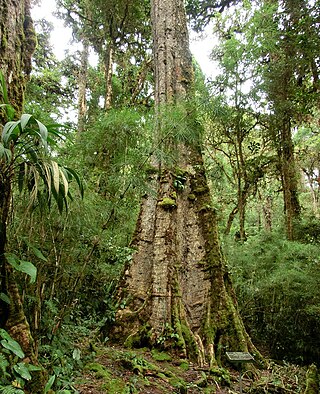
Quercus sapotifolia is a species of oak. It is native to southern and western Mexico as well as Central America. It is threatened by habitat loss.










